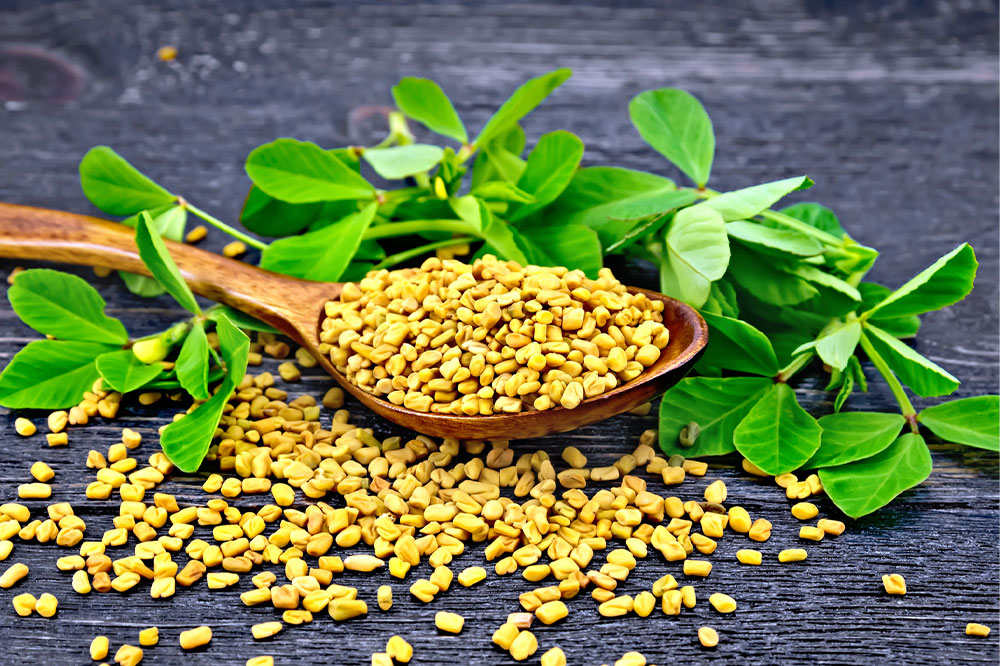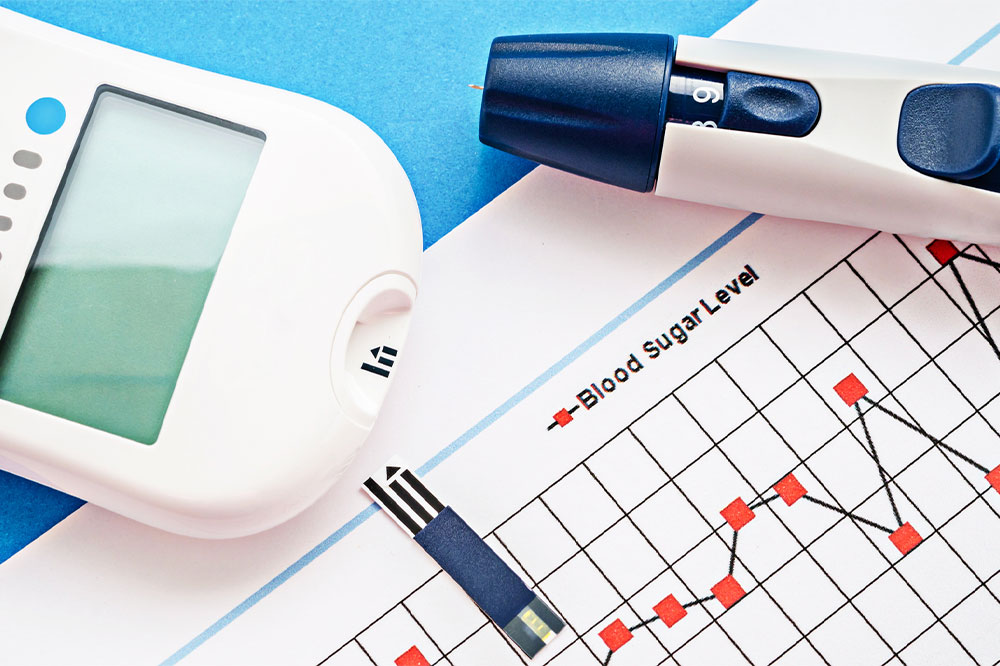Comprehensive Guide to the Top 5 Nutritional Strategies for Effective Blood Sugar Management
Discover comprehensive dietary strategies to effectively regulate blood sugar levels. This guide highlights five nutrient-rich foods—dark leafy greens, cinnamon, fatty fish, chia seeds, and turmeric—and offers practical tips for integrating them into daily routines. Emphasizing holistic health, the article underscores the importance of lifestyle factors like exercise, sleep, and stress management for optimal blood sugar control and long-term wellbeing, especially for those with diabetes or prediabetes.

Comprehensive Guide to the Top 5 Nutritional Strategies for Effective Blood Sugar Management
Achieving and maintaining healthy blood glucose levels is a cornerstone of overall health and well-being, particularly for individuals managing diabetes. Blood sugar regulation is a complex process influenced by various factors, including diet, lifestyle, and genetics. According to the Centers for Disease Control and Prevention (CDC), more than 100 million Americans are either affected by diabetes or prediabetes, conditions that significantly elevate the risk of severe complications such as cardiovascular disease, nerve damage, and vision loss. While medication plays a vital role in managing blood glucose, dietary choices are equally crucial for long-term control and prevention.
Optimal nutrition involves incorporating foods rich in specific nutrients that help stabilize blood sugar, enhance insulin sensitivity, and reduce inflammation. Selecting the right foods can prevent blood sugar spikes, support immune function, and protect vital organs like the eyes and heart, which are often vulnerable in diabetic patients. This comprehensive guide explores the top five nutritional strategies and foods scientifically proven to aid in blood sugar regulation, along with practical tips on integrating them into your daily diet for improved health outcomes.
Incorporating these five powerful foods into your diet can support blood sugar stability:
Dark leafy greens
Vegetables like spinach, kale, Swiss chard, cabbage, and watercress are nutritional powerhouses. They are low in calories and digestible carbohydrates but high in essential vitamins, minerals, and antioxidants. These nutrients bolster the immune system and help prevent oxidative stress. Specific compounds such as lutein and zeaxanthin contribute to eye health, reducing the risk of cataracts and macular degeneration, which are common complications in diabetics. Regular consumption of leafy greens has been linked to improved glycemic control and reduced inflammation, making them indispensable in a blood sugar-conscious diet.
Cinnamon
This aromatic spice is not only a culinary favorite but also a potent medicinal ingredient. Cinnamon contains bioactive compounds with antioxidant properties that enhance insulin sensitivity and facilitate glucose uptake by cells. Multiple studies suggest that cinnamon might also positively influence lipid profiles by lowering triglycerides and LDL cholesterol. However, it is important to limit intake to less than a teaspoon daily, especially with cassia cinnamon, due to potential hepatotoxicity from coumarin content. Incorporating cinnamon into your meals or beverages can improve blood sugar regulation naturally.
Fatty fish such as salmon, sardines, mackerel, and herring are dietary staples rich in omega-3 fatty acids—including EPA and DHA—that have documented benefits in blood sugar control. These nutrients help reduce systemic inflammation, improve endothelial function, and support vascular health. Consuming fatty fish regularly can stabilize post-meal blood glucose levels and offer cardioprotective effects. Since they are also excellent sources of high-quality protein, fatty fish support metabolic processes and help maintain a healthy weight, which is vital for managing insulin sensitivity.
Chia seeds
These tiny seeds are a nutritional marvel, packed with dietary fiber, healthy fats, and antioxidants. Their viscous fiber forms a gel-like substance in the digestive tract, slowing carbohydrate absorption and preventing sharp blood sugar spikes. Additionally, chia seeds promote satiety, reduce overall calorie intake, and may aid in weight management—key factors in controlling blood glucose. Incorporating a tablespoon of chia seeds into smoothies, oatmeal, or yogurt is a simple way to enhance your diet and improve metabolic health.
Turmeric
Indigenous to South Asia, turmeric contains curcumin—a compound renowned for its anti-inflammatory, antioxidant, and blood sugar-lowering properties. Regular consumption of turmeric may help mitigate chronic inflammation associated with insulin resistance and type 2 diabetes. Additionally, curcumin has demonstrated potential in reducing cardiovascular risk factors. Enhance bioavailability by combining turmeric with black pepper, which contains piperine, to maximize absorption and efficacy. Incorporating turmeric into curries, teas, or smoothies can be an effective strategy for blood sugar management.
While including these foods into your dietary routine, adopting a holistic approach to health is essential. Regular physical activity, adequate quality sleep, stress management techniques such as yoga or meditation, and routine health monitoring all support optimal blood sugar levels. It is imperative to consult healthcare professionals—nutritionists, dietitians, or endocrinologists—before making significant dietary modifications, especially for individuals with existing health conditions. Personalized guidance ensures safe and effective integration of these nutritional strategies into your lifestyle, promoting sustained health and reducing the risk of diabetes-related complications.





